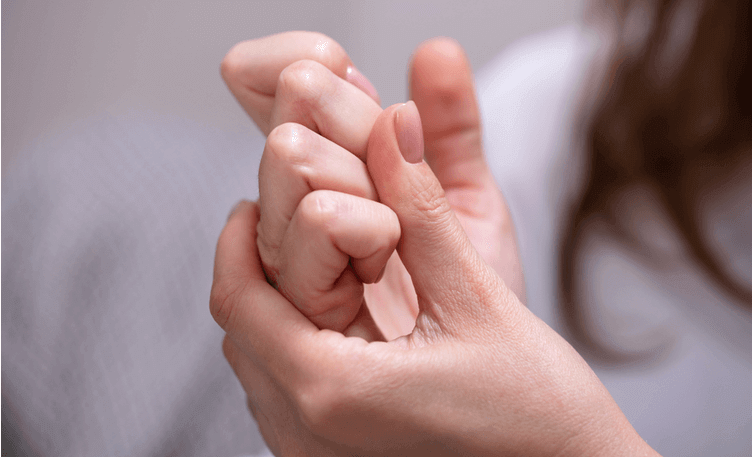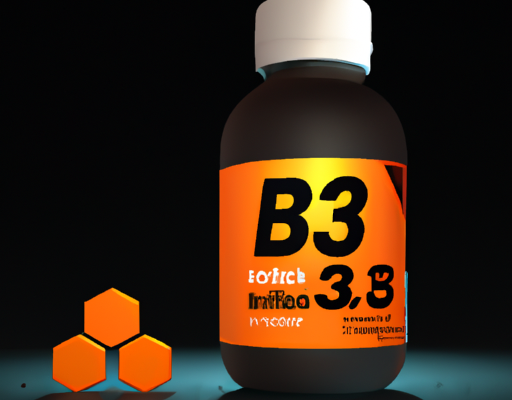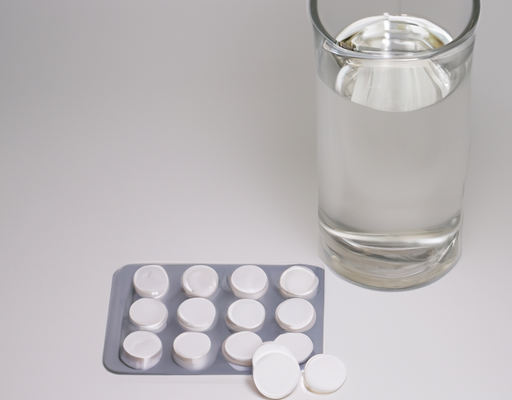Often, such a phenomenon as a crackle in the joints can be not as harmless as it seems at first glance. The crackle may be a sign of some disruption in the body, even if there is no pain. Only a doctor after diagnosis can determine the primary cause of the crackle in the joints. If the joint bag is healthy, then when it moves, there are no sounds, creaking or clicks. Without timely treatment, a serious illness can develop over time, such as arthritis. In this article, we will consider the reasons why joints crackle, to what doctor to go for diagnosis and treatment, as well as existing prevention methods.
CAUSES OF CRACKLING IN JOINTS
The main cause of crackling in the joints is the wear of cartilage and cartilage tissue. Throughout life, the human body undergoes changes and various external loads: sports, physically demanding work, pregnancy, etc. Due to this, the pressure on cartilage tissues increases, which leads to their thinning and, as a result, the appearance of characteristic sounds. Other causes of crackling in joints include:
- Formation of air bubbles in synovial fluid. Under pressure, when moving, the bubbles burst and a crunching sound appears;
- Dehydration and lack of fluid in the body resulting in drying of the joint capsule, causing friction in the joints because of lack of lubrication;
- Heavy physical loads and exercises without prior preparation, stretching and warming up will lead to crunching and pain, and worsen the condition of the joint;
- Infections that provoke dehydration of organs and water withdrawal from the body, increase the risk of infection in the joint capsule;
- Sharp movements in the joints, resulting in contact with the bone;
- Increased mobility of joints in adolescence from 16 to 18 years, which after completion of the maturation process will become less mobile;
- Such diseases as bursitis, arthritis, tendinitis;
- Arthrosis affecting cartilage on the fingers, knees and elbows;
- Trauma caused, which can lead to microfractures and ligament rupture;
- A sedentary lifestyle, characterized by slowed blood circulation and protein accumulation;
- Genetic predisposition, heredity;
- Salt deposits filling the periarticular bag, causing irritation and inflammation of the articular surfaces;
- Environmental factors;
- Incorrect placement of ligaments and tendons, deforming the shape of cartilage;
- Problems with the connective apparatus;
- Harmful habits;
- Dysplasia of the hip joint, which is often found in children. Hip dislocation is most often diagnosed in infants, but can also occur during adolescence when forming the musculoskeletal system;
- Excess protein in the diet. This problem is often found among athletes who forget that protein dehydrates the synovial fluid;
- Hormonal bursts in adolescence and during formation of the skeletal-muscular system;
- Incorrect distribution of load, for example due to an uncomfortable workplace, uncomfortable shoes or excess weight.
Crackles in different joints
Crackles can occur in different locations, and a clicking sound in one place or another often indicates certain disorders in the body. Such crackles can appear in the ankles, knees, fingers and spine. It is important to remember that for some joints, crackling is a physiological norm due to their active load on them.
Crackles throughout the body
If crackles appear throughout the body, it is a signal to consult a medical clinic, because this indicates a serious disorder in the body, such as salt deposits, hormonal failure or metabolic disorders. It may also be necessary to stop or start taking certain medications after consulting a doctor.
Crackles in the shoulders and forearms
A rare crackle in the shoulders and forearms can occur when raising or spreading arms to the sides and indicate a lack of calcium, fluid or poor physical fitness. Frequent clicks can occur during age-related deformations, overloads or post-traumatic complications. If the crackling is accompanied by pain, it may indicate the possible development of osteoarthritis, arthritis, rheumatism or arthrosis.
Crackles in the knee joints
The knee joint is more prone to load than others. A crackle in the knee may indicate the accumulation of salts or appear due to injury, uncomfortable shoes, excess weight or improper nutrition. If, in addition to the above symptoms, swelling of the knee appears, this may indicate the development of inflammatory processes, which, if left untreated, leads to rheumatism, bursitis, tendinitis or chondromatosis.
Crackles in the finger joints
If you often crack your fingers, it is desirable to get rid of this habit. Constant crackling can be dangerous and lead to inflammation or damage to the periarticular tissues. These manifestations may also indicate the presence of arthritis, rheumatism, bursitis or other autoimmune diseases.
When to see a doctor
Distinguish healthy crunch in the joints from that caused by some pathological disease. In the advanced form of the disease, the crunch is unlikely to be heard. Often, healthy crunch in the joints is caused by bursting a gas bubble, and with repeated movement of the joint, the crunch will not repeat, however much you do not bend the limb. Such a crunch usually passes without consequences. However, pay attention to the crunch in the joint when one of the following signs appears:
- a feeling of friction, as if sand is felt between the bones;
- painful sensations, intensifying with movement;
- unusual tension, twitching of muscles even in a resting state;
- restricted mobility in the joint;
- reddening of the skin and local increase in temperature;
- the feeling of numbness and weakness in the muscles, which sometimes can lead to disruption of fine motor skills or gait;
- the feeling that the joint has jammed.
DIAGNOSIS
If you don’t know which doctor to turn to when there is a crunch in the joints, it is best to contact a therapist first in a medical center or polyclinic. It will not be possible to determine the source of pain on your own. If necessary, the patient is referred to a rheumatologist if there is suspicion of possible joint and connective tissue diseases. If the patient has previously had a knee injury, he will be referred for examination to a traumatologist.
At the reception, the specialist first collects the anamnesis – the patient’s main complaints, the presence of chronic diseases and previously received injuries, the patient’s lifestyle, diet and motor activity, if necessary, the doctor asks additional questions. Further, an examination of the joint, its mobility is carried out. The doctor also needs to calculate the patient’s body mass index (BMI), the ratio of height and weight.
After consulting the patient, he is referred for laboratory and diagnostic examinations to determine the primary cause of the crunch in the joints or to identify hidden pathologies. Among the studies, they prescribe:
- general or biochemical blood test;
- general urine analysis;
- ultrasound examination (US) of joints;
- X-ray (x-ray);
- Computed tomography (CT);
- Magnetic Resonance Tomography (MRT);
- puncture test.





No Comments